10 items, Page 1 of 1
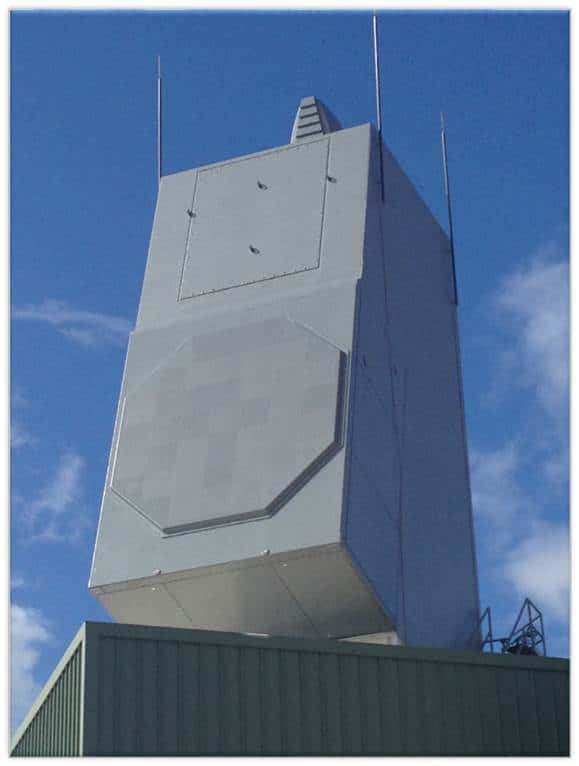
July 21, 2020
On July 20, the U.S. Navy took delivery of its first AN/SPY-6 radar array, the successor to the AN/SPY-1 radars currently equipped on Aegis ships and surface facilities. Intended for installation on the upcoming Flight III Arleigh Burke-class destroyers, the SPY-6 is approximately 30 times more sensitive than legacy radars and is the first Navy...
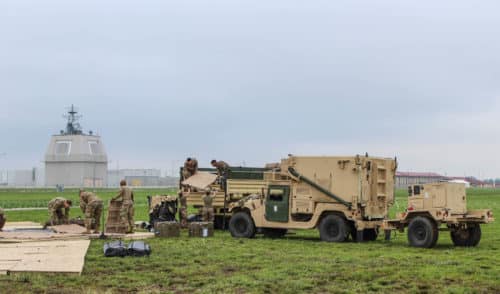
August 2, 2019
Tensions with Iran are once again high, making plain the risk of unexpected conflict between Iran and the United States. In the event of such a conflict, the United States would likely rely heavily on regional missile defense architectures like the European Phased Adaptive Approach, or EPAA, designed to protect NATO from ballistic missile attacks...
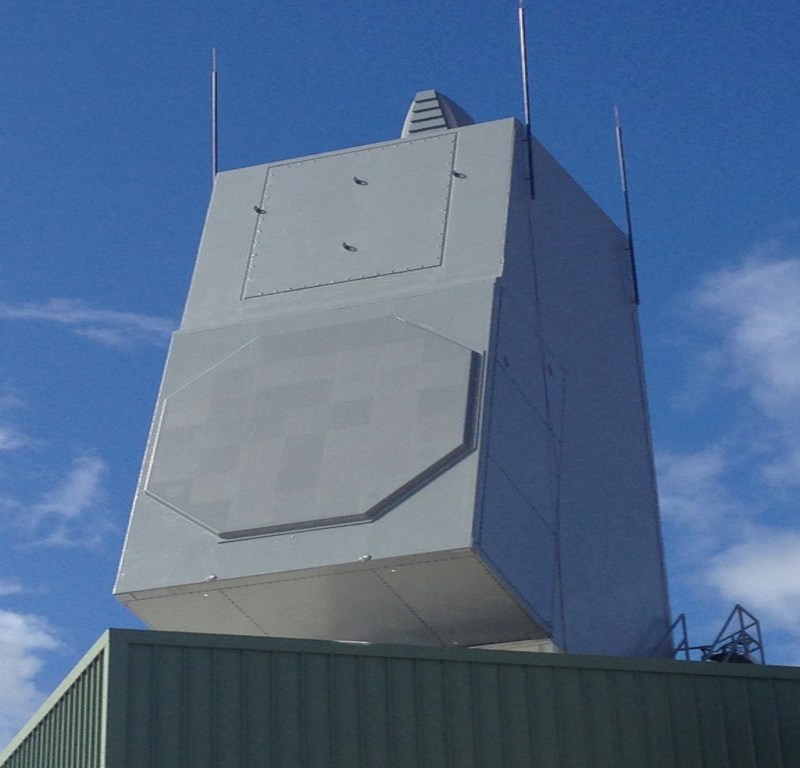
March 21, 2019
On March 18, the U.S. Navy released its FY2020 budget proposal which indicated plans to procure a smaller variant of the SPY-6 Air and Missile Defense Radar (AMDR) to retrofit on its Arleigh Burke Flight IIA destroyers. The Flight IIA destroyers are currently fitted with the SPY-1D(V) radar. The new SPY-6 variant will include 24...

November 28, 2018
In missile defense circles, commentators frequently remark that that there are only so many islands or ships in the Pacific on which to put radars. Reading through recent missile defense budget requests, however, one is struck by the fact that the Pentagon seems to have doubled down on a strategy of building a chain of...

October 30, 2018
On October 27, the Royal Australian Navy (RAN) commissioned its second Hobart-class air warfare destroyer, HMAS Brisbane (DDG 41). Brisbane is the second vessel in the RAN’s three-ship program to replace its fleet of Adelaide-class guided-missile frigates, the first being HMAS Hobart (DDG 39), commissioned in September 2017. Equipped with the Aegis Combat System, the vessel...

October 29, 2018
On October 26, the U.S. Navy and Missile Defense Agency (MDA) conducted a test of the SM-3 Block IIA interceptor off the west coast of Hawaii, successfully tracking and intercepting a medium range ballistic missile (MRBM) target. The SM-3 Block IIA was fired from the USS John Finn (DDG-113), which used the AN/SPY-1 radar and...
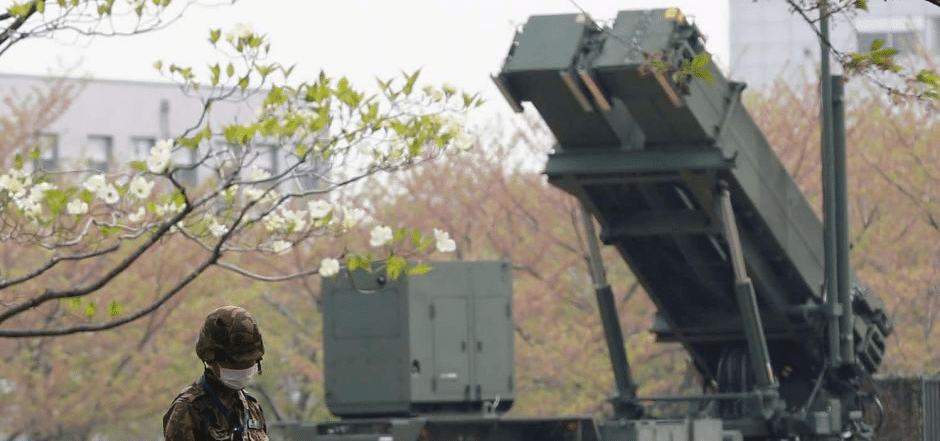
May 31, 2017
Missile threats facing both the United States and its allies in the Asia-Pacific are increasing in complexity, number, and source. In response, the Trump administration is using missile defenses to boost military capability and signal resolve, as indicated by the deployment of THAAD to South Korea...
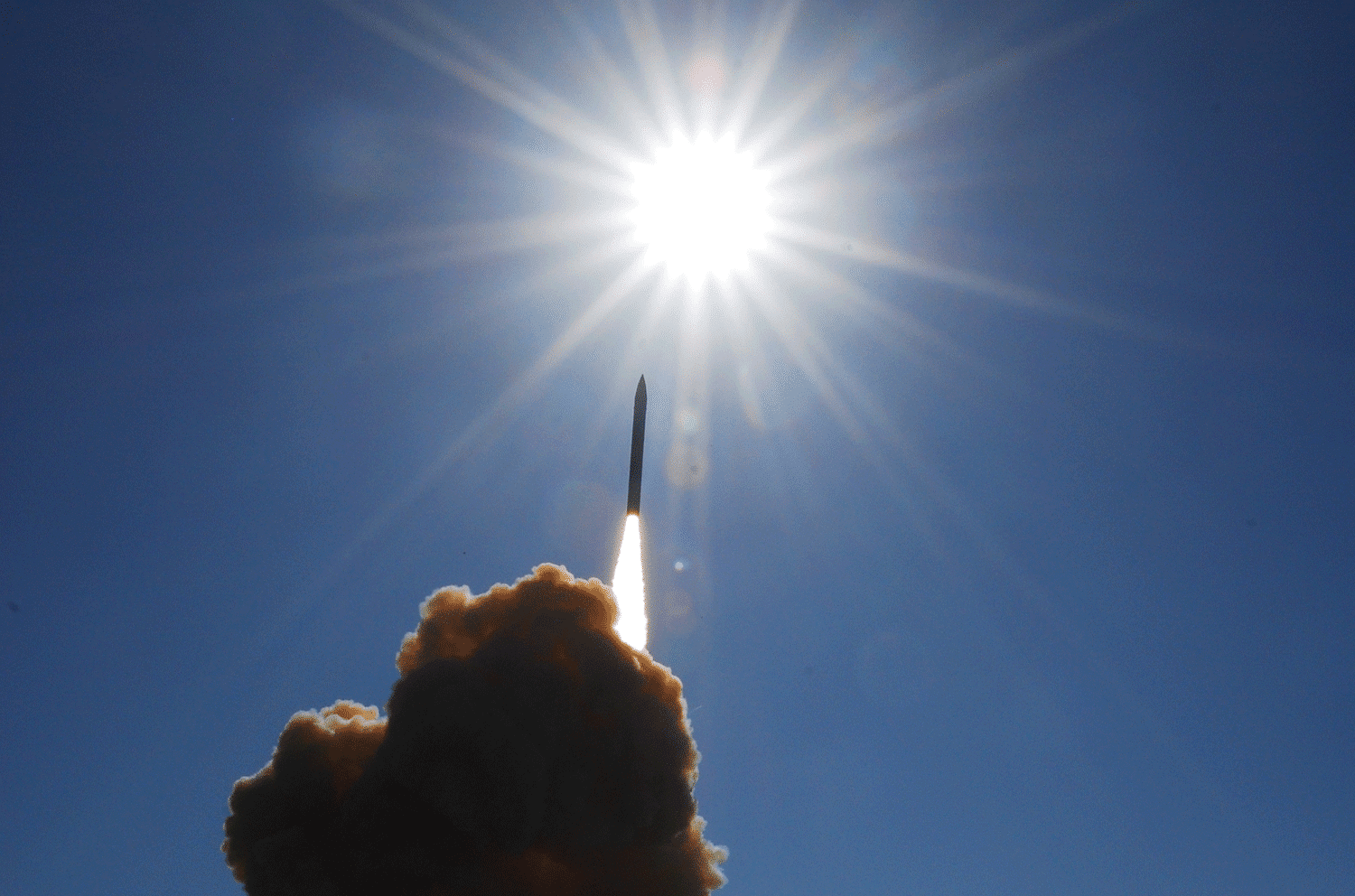
April 7, 2017
Note: This appears as Chapter 5 in Missile Defense 2020: Next Steps for Defending the Homeland. Sensors and Command and Control No missile defense system is better than the sensors and command and control systems that determine where the threat is and how to kill it. While interceptors tend to capture the imagination, sensors are...
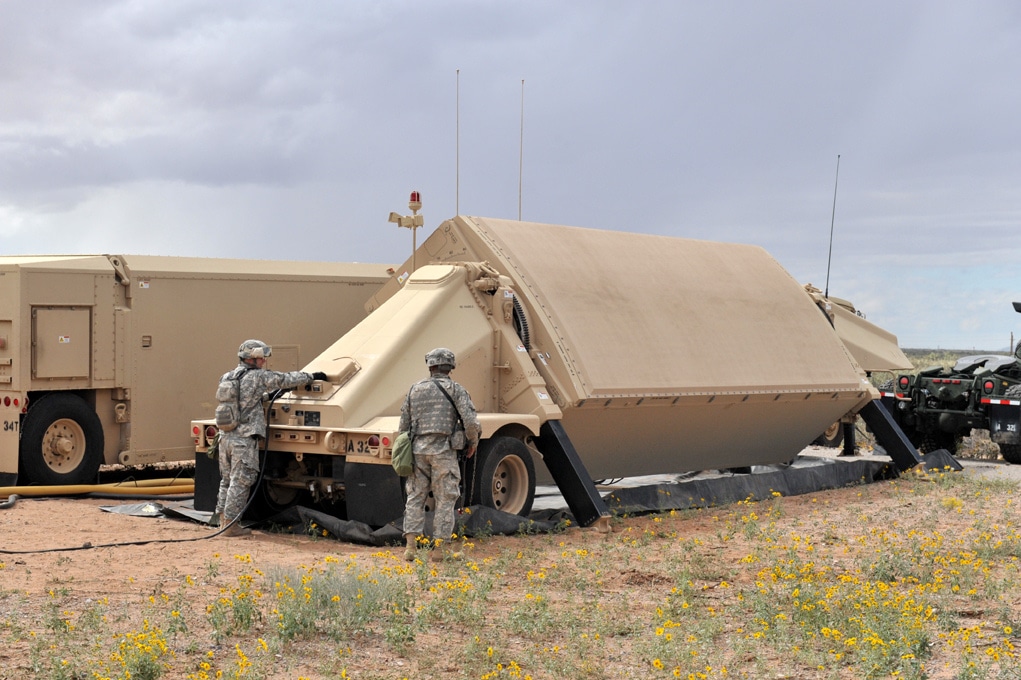
April 5, 2017
Gaps in coverage leave interceptors less-equipped to defeat the threats of tomorrow. No missile defense is better than the sensors that tell the interceptors where to go and what to kill. The Ground-based Midcourse Defense system, or GMD, draws upon considerably more sensors for homeland defense than when operations began in 2004, but shortfalls remain....

February 22, 2017
On February 21, ADM Harry Harris, the commander of U.S. Pacific Command, called for greater integration of joint forces so that Army platforms can target threats identified by Navy radars and vice versa. Harris, talking about the future of PACOM, said that he’d “like to see the Army’s land forces conduct exercises to sink a...









